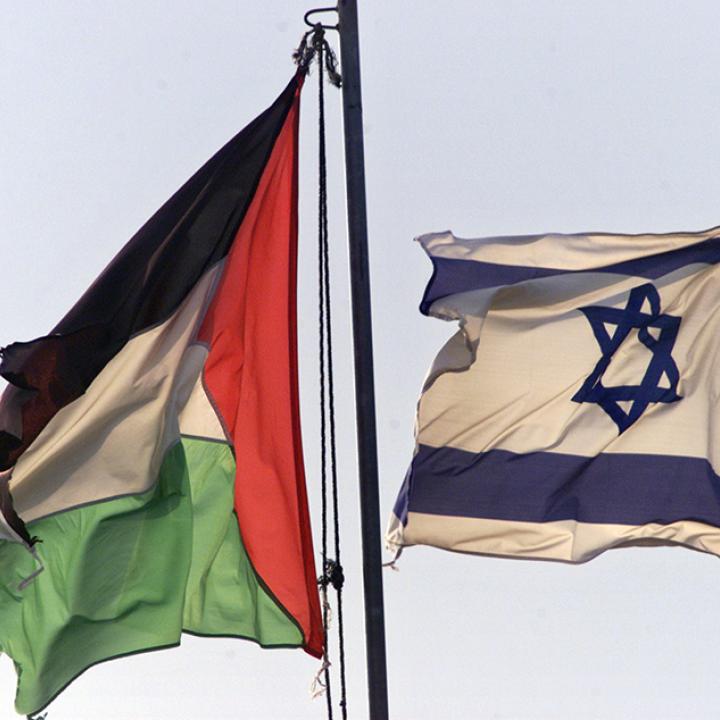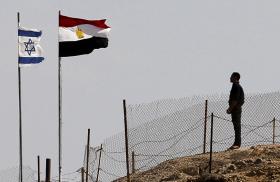
- Policy Analysis
- Articles & Op-Eds
A Threshold Test for Both Sides If Peace Has a Chance

If substantive peace talks are to have any chance of proceeding, Israeli and Palestinian leaders must first send basic signals regarding settlements and acceptance.
Following President Obama and Secretary Kerry's recent visits with Israeli and Palestinian leaders, the New York Times convened an online panel of experts to discuss the prospects for renewed peace talks. The following contribution was made by David Makovsky, the Ziegler distinguished fellow and director of the Project on the Middle East Peace Process at The Washington Institute.
The objective of President Obama's Mideast visit was not to outline a proposal on peace, as he did in May 2011. Rather he was there to remind people on both sides that their governments should not engage in policies harmful toward peace. Obama suggested that the people, not external players like the United States or the United Nations, should exact a cost for policies that actively make a two-state solution more difficult.
While Secretary of State John Kerry wants to prioritize the peace issue and perhaps reach an agreement on borders and security even while deferring thornier narrative issues like Jerusalem and refugees, he may want to ask whether each side is willing to take actions that could be a threshold test for serious peacemaking.
Will Israel agree not to engage in settlement activity beyond its security barrier? An estimated 80 percent of the settlers live in 5 percent of the land adjacent to the pre-1967 boundary in "blocs" and within the barrier. Many assume that in any negotiated deal these blocs will mostly go to Israel through landswaps. If Israel elects to build in the approximately 95 percent of the West Bank where the remaining 20 percent of the settlers live, however, this will send the wrong signal. Israel's ability to get the world to distinguish between blocs and non-blocs is predicated on Israel making this distinction as well. The Palestinians won't cheer such a move because they will want the freeze for 100 percent of the land. But as Obama said in Ramallah, if all the issues were resolved as prerequisites for negotiations, there would be no need for the talks.
While it is significant that Obama sided with Israel that a full freeze as a precondition for negotiations is not realistic, he wants Israel to signal willingness to create political space for Abbas so that people will not question the wisdom of resuming negotiations and the Palestinian leader's political capital will not be diminished.
The Palestinians could do some signaling of their own. If President Mahmoud Abbas will not say that the Palestinians accept "two states for two peoples," Kerry may be wasting his time. In other words, the Palestinian leadership must tell its people that the peace process is an instrument for reconciling both Palestinian and Jewish nationalism. The Israelis are not colonists but a permanent feature of the landscape.
Why these two key steps? Because they represent the visceral fears of each side -- land for the Palestinians and acceptance for the Israelis. Such moves should not be demanded by the U.S., but rather from the parties. Perhaps it could be a quid pro quo, even if each side may deny they are comparable steps.
It is in both parties' interest to signal that they are not self-destructive, but are willing to create the baseline for talks to have a chance. If they do this, the Obama trip will have led to tangible gains in the peace process. If the parties don't, Kerry's uphill climb has become much steeper.
New York Times



